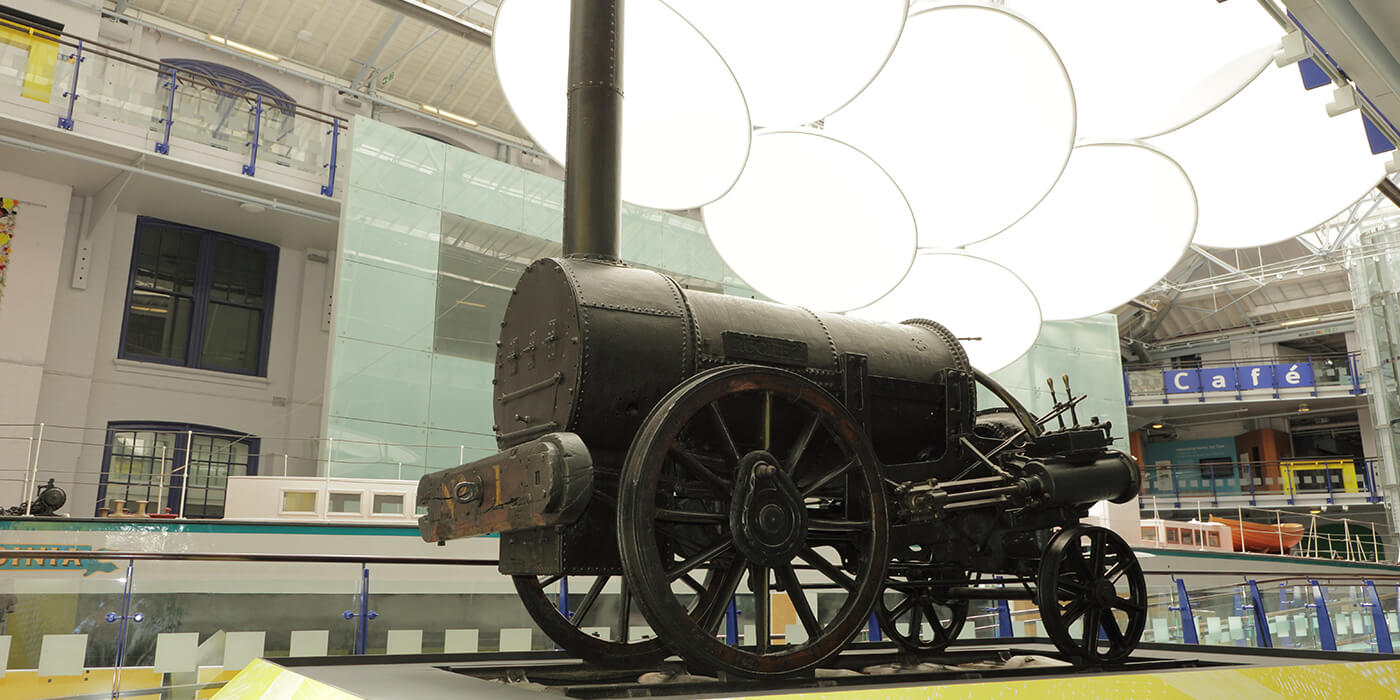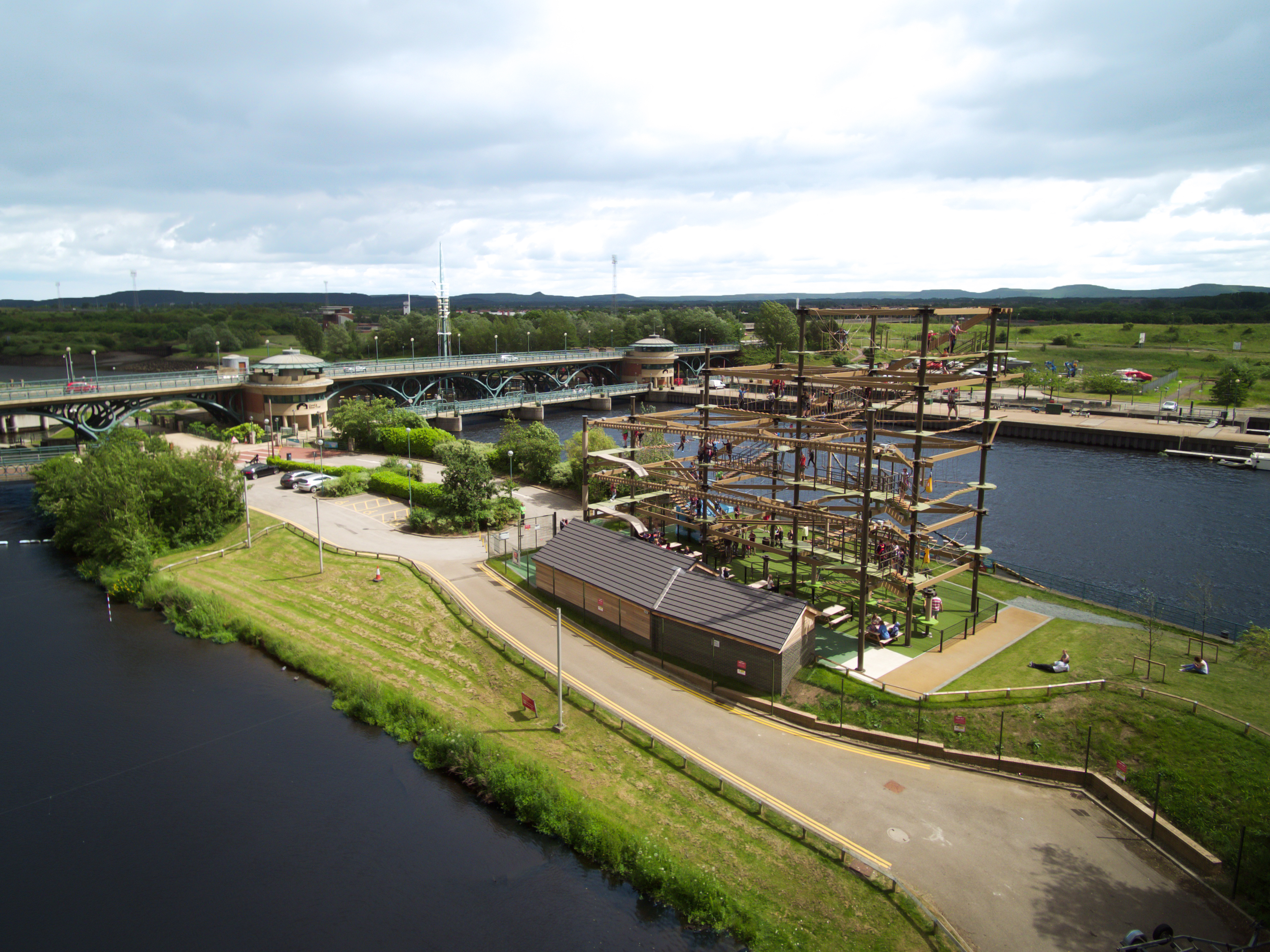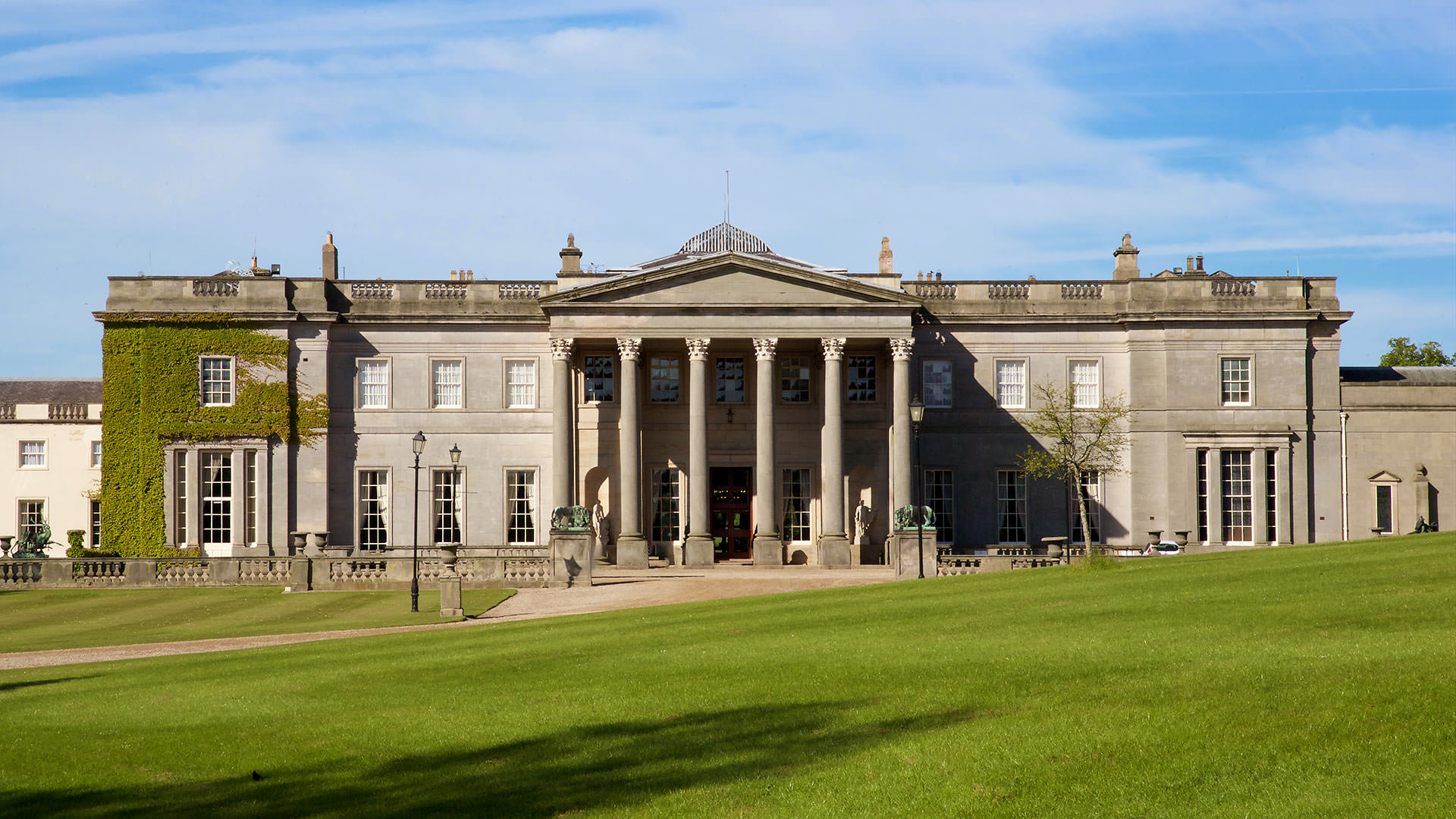Where is the home of the modern railway?
Here’s a good trivia question: where is the home of the modern railway? The answer, as many train buffs may know, is Darlington in the North East of England.
Famous railway pioneer Robert Stephenson came from “Geordieland” and invented the iconic locomotive, better known as the Stephenson Rocket. This historic engine’s ground-breaking design heralded the birth of passenger railways.

A few years ago the famous exhibit went on display outside the UK for the first time, travelling to Japan but has now returned “home” and is on display in Newcastle-upon-Tyne until September 9 as part of the Great Exhibition of the North, the biggest cultural event in England in 2018.
It means people now have a rare chance to see the loco, built in 1829, for themselves.
The Stephenson Rocket, of course, also reflects the world-famous industrial heritage of the region, which, in the past, laboured under something of a negative, albeit unfair, image. While not wishing to shy away from its proud industrial heritage, the region has had to reinvent itself. The good news is that – to coin a railway metaphor – this corner of England is now going “full steam ahead” in doing just that and,in the process, luring visitors from far and wide.
There is, of course, a lot more to the North East than heavy industry and one good example is Tees Valley which has launched a bold bid to put the area firmly on the tourist map with a series of exciting new initiatives.
Tees Valley, which straddles Stockton, Darlington – where the Rocket was built – Middlesbrough, Hartlepool and Redcar, now has a dedicated tourist body whose job is to showcase the area’s many attractions.
These include, perhaps surprisingly, plenty of water sport activities such as terrific Olympic-standard facilities available at Tees Barrage, an excellent white water centre originally designed for rather more prosaic purposes – to help stop flooding from the nearby River Tees. It was opened by the Duke of Edinburgh back in 1995 and, after a major redevelopment costing over €5m, now also comprises what is said to be Europe’s highest Air Trail.

The centre, which attracts over 100,000 visitors a year, is also one of the best places in the UK for white water rafting with a 300 metre-long course and also has very good Stand Up Paddle, jet ski, canoe and rowing facilities. Run by Tees Active, a leisure trust, it is also doing its bit for the local economy, producing nearly 200,000 kw of electricity for the national grid each year!
Not far away is another “must see” attraction, the National Museum of the Royal Navy at Hartlepool which is home to HMS Trincomalee, launched in India in 1817 and the UK’s oldest floating warship.
An absolutely wonderful base for exploring the entire area is Wynyard Hall, a sprawling country house and estate set in 150 acres and owned by Sir John Hall, the famous Geordie entrepreneur.
The hotel offers fine guest accommodation while, set in the surrounding beautiful and tranquil grounds, are several pretty self-contained cottages, each sleeping up to six and with their own attractive design (plus hot tub).
Wynyard Hall is particularly famous for that Great British tradition, the afternoon cream tea (it serves thousands every year) but, more recently, has also attracted scores of people to the grounds of its wonderful, John Hall-inspired walled garden. This is home to 3,000 dazzling roses of 140 varieties, delicious homegrown produce and a farm shop.

Beyond the obvious beauty of Wynyard Hall, evident at first glance, lies a fascinating history, enriched by a huge cast of characters, who all played their part in its remarkable story (you can check out more on this by delving into “Wynyard Hall – the History of a Great House,” copies of which are available at the hotel reception).
After expanding all that energy in the serene garden and grounds you’ll have worked up an appetite and a great place to sate your hunger is at the brasserie at Rockcliffe Hall (owned by Steve Gibson, the long-time chairman of Middlesbrough FC) a few miles away.
The delightful restaurant (part of a 5-star hotel/spa and adjacent to the football club’s training ground) offers everything from the light and nutritious to the decidely decadent and indulgent and its a la carte menu seeks to showcase the very best of British-sourced produce and ingredients.
An equally satisfying option is Le Raaj at nearby Sedgefield (just up the road from Wynyard Hall) which provides great contemporary and authentic Indian food, again in a lovely setting. Indian food is said to now be the UK’s national dish and curry lovers will most certainly not be disappointed here.
Getting to the region from Belgium is easier than you might think as DFDS Seaways operates daily ferry services between Newcastle, a short drive up the busy A19 from Tees Valley, and Amsterdam. The overnight crossing gives you the perfect opportunity to enjoy all the facilities onboard, from restaurants to lively bars and cosy lounges. It’s also the perfect way to travel with your car, caravan, motorcycle or motorhome to explore Tees Valley. Travelling with your own vehicle also means you can pack as much luggage as you like.
The pleasant crossing takes you past several fascinating points of interest such as the Flamborough Head Lighthouse, the oldest in the UK.
This area has come a very long way in a relatively short space of time. For example, as recently as 2007 a popular UK TV programme voted Middlesbrough the worst place to live in the country (Hartlepool came in at no. 20 on the same list).
However, thanks in part to the area’s new and very dynamic tourism service, Tees Valley is rapidly gaining a reputation as a world-class visitor destination. The aim is to attract more than 20m visitors per year and add over €1bn to the local economy by the year 2021.
Middlesbrough is also the birthplace of another Great Briton, the explorer Captain James Cook and, this August, marks the 250th anniversary of his first voyage (learn more about this at the Captain Cook Birthplace Museum at Middlesbrough).
This go-ahead and vibrant region is seeking to raise its profile even higher by bidding to be the UK City of Culture in 2025.
If successful, that would be particularly timely as 2025 marks yet another landmark anniversary – 200 years since the birth of the modern railway!
Good to know:



